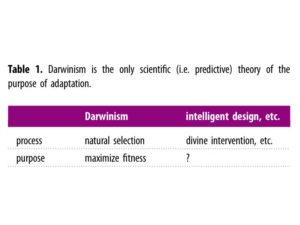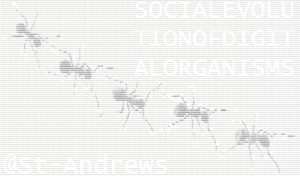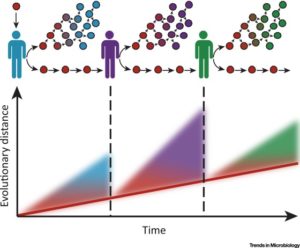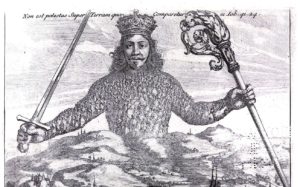Gardner A (2017) The purpose of adaptation. Interface Focus 7, 20170005.
A central feature of Darwin’s theory of natural selection is that it explains the purpose of biological adaptation. Here, I: emphasize the scientific importance of understanding what adaptations are for, in terms of facilitating the derivation of empirically testable predictions; discuss the population genetical basis for Darwin’s theory of the purpose of adaptation, with reference to Fisher’s ‘fundamental theorem of natural selection’; and show that a deeper understanding of the purpose of adaptation is achieved in the context of social evolution, with reference to inclusive fitness and superorganisms.







